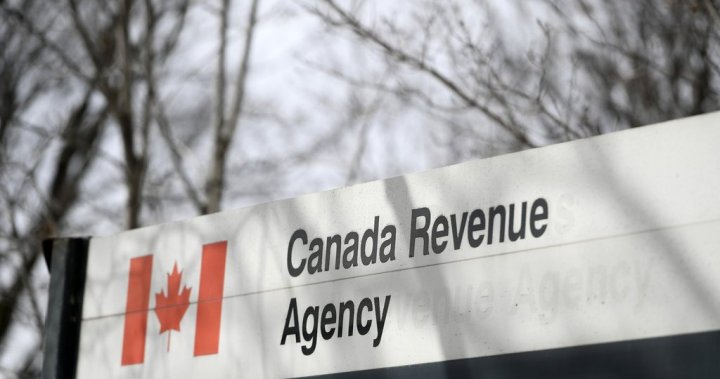In a pointed critique that strikes at the heart of Canada’s tax administration, the federal taxpayers’ watchdog has called on the Canada Revenue Agency to significantly improve its annual transparency reporting. The current framework, according to Taxpayers’ Ombudsperson François Boileau, falls short of providing Canadians with a comprehensive understanding of the agency’s operations and accountability measures.
“What we’re seeing is a transparency report that paradoxically obscures more than it reveals,” Boileau noted in his assessment delivered Tuesday. “Canadians deserve to know not just what the CRA is doing, but how effectively they’re doing it.”
The critique comes as the CRA prepares its third annual transparency report, a document intended to outline how the agency collects, uses, and safeguards taxpayer information. The inaugural report, published in 2022, was established following recommendations from the Office of the Privacy Commissioner of Canada to address growing concerns about data security and appropriate access to confidential information.
Boileau’s analysis identified several critical shortcomings in previous reports, particularly highlighting deficiencies in the statistical information provided. According to the watchdog, the reports lack comprehensive data on the frequency of information disclosures to law enforcement agencies – a matter of significant public interest given the sensitive nature of tax information.
“The statistical information presented is inconsistent and lacks the necessary context for proper interpretation,” the ombudsperson’s report states. “This creates an information gap that undermines the very transparency these reports aim to achieve.”
The watchdog has submitted a detailed list of recommendations to Revenue Minister Marie-Claude Bibeau, emphasizing the need for the CRA to publish more granular data on its information-sharing practices with other government departments and law enforcement agencies. This includes clearer explanations of when and why taxpayer information is disclosed without consent – a practice permitted under specific provisions of the Income Tax Act.
The CRA, in response to inquiries from CO24 News, confirmed it is reviewing the ombudsperson’s recommendations and intends to implement improvements in its upcoming report. Agency spokesperson Hannah Wardell stated, “We are committed to enhancing transparency while balancing our obligations to protect sensitive taxpayer information.”
Tax policy experts have long maintained that transparency in tax administration serves dual purposes: ensuring agency accountability while building public trust in the system. Claire Tremblay, tax policy analyst at the University of Toronto’s Mowat Centre, told CO24 Business, “When people understand how their tax information is handled, they’re more likely to comply voluntarily with tax laws, which ultimately benefits our entire fiscal system.”
The timing of this critique is particularly relevant as Canada approaches tax filing season, when millions of citizens will interact with the CRA. The agency processes approximately 30 million tax returns annually, collecting revenue that forms the foundation of federal and provincial government operations.
International comparisons suggest Canada has room for improvement. The United Kingdom’s tax authority, HMRC, publishes detailed quarterly data on information disclosures, while Australia’s ATO provides comprehensive annual breakdowns of how taxpayer information is used across government functions.
As this debate unfolds, the fundamental question remains: How do we balance the legitimate need for tax enforcement with appropriate protections for taxpayer privacy and transparency? The answer may determine not just the future of CRA reporting, but Canadians’ confidence in their tax system for years to come.
















